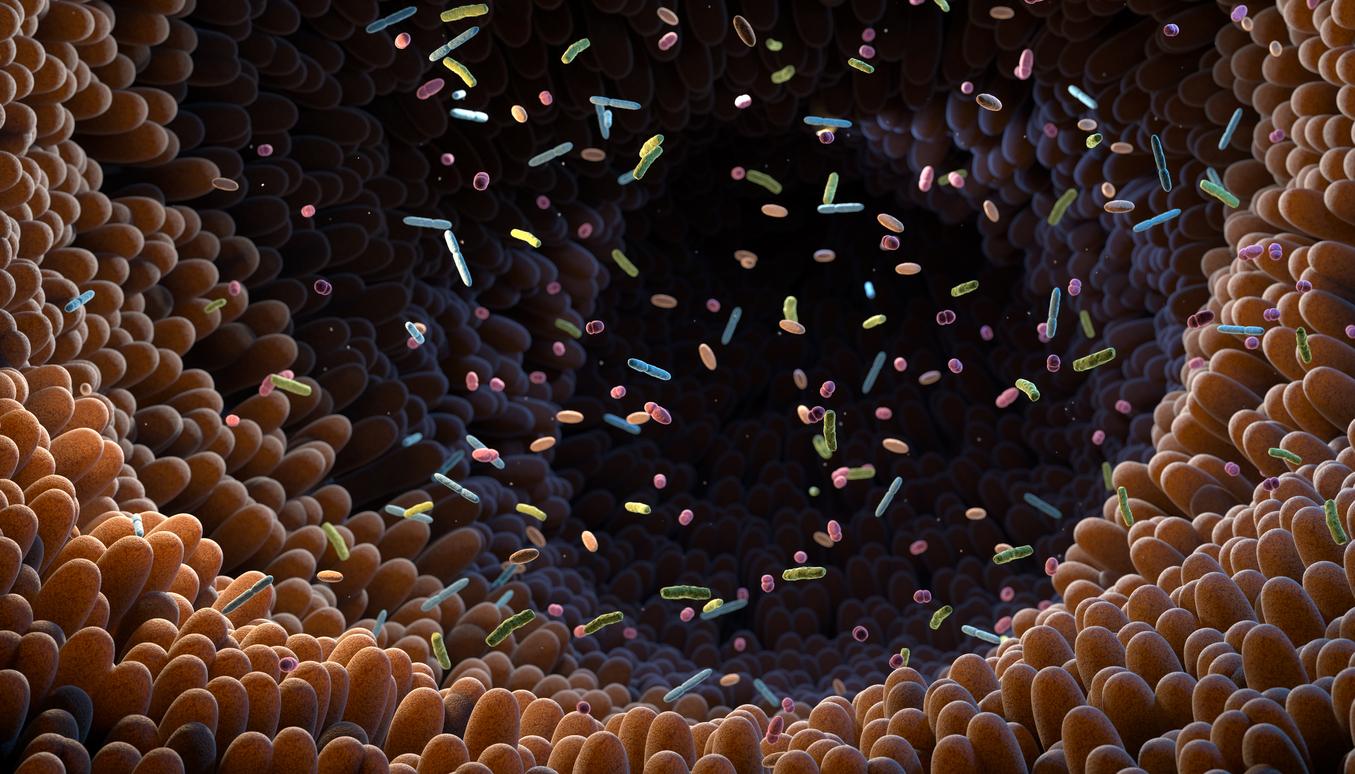Gliomas are brain tumors that occur mainly in children and adolescents. Their severity varies depending on the type of tumor. Dr. Aurélien Maureille, neuro-oncologist at the Léon Bérard Center (Lyon) tells us a little more about them.

Neuro-oncologist at a cancer treatment center, Dr. Maureille agreed to answer Pourquoi Docteur and share everything you need to know about gliomas.
Why Doctor: What is a glioma? And where is it located?
Dr. Aurélien Maureille: A glioma is a tumor that develops from glial cells. These cells assist neurons in the brain and take care of the protection, architecture and nutrition of neurons. They are throughout the central nervous system. This is why gliomas can be found in the brain, spinal cord (spinal, editor’s note) and the brainstem.
“Gliomas can occur at any age”
Is it common? What types of people are affected, and at what age?
Gliomas are a family of diseases and are the most common brain tumors. In children, it is the 1time cause of “solid” tumors (which corresponds to a cluster of cancer cells unlike blood cancer cells as in leukemia, Editor’s note). It can therefore occur at all ages of life. But depending on the subtype of glioma, the location, presentation and age at which it occurs will vary. The most common glioma in children, for example, is pilocytic astrocytoma, grade 1, found rather at the level of the cerebellum. Whereas in adults, it is rather glioblastoma, a grade 4 tumor therefore more aggressive, and which we will find located higher.
What are the different types or grades?
Gliomas range from the least aggressive grade 1 to the most aggressive grade 4. They are roughly divided into 2 parts: grade 1 and grade 2 which are low-grade gliomas, and grade 3 and grade 4 which are more aggressive high-grade gliomas.
And within low-grade gliomas (1 and 2), we differentiate between circumscribed gliomas, which are well-limited tumors and generally grade 1, and diffuse gliomas which are rather grade 2 and more malignant.
How can this evolve? We necessarily move from one grade to another ?
It depends on the subtypes. Overall, grade 1 tumors that are circumscribed and low grade remain grade 1. But there are tumors that are very aggressive from the outset, such as glioblastomas, which are grade 4. Some gliomas can become more aggressive, such as diffuse low-grade glioma (grade 2) which can move up in grade depending on the length of its development and the volume of the tumor, and thus become grade 3, or even grade 4 (like astrocytoma). But many gliomas have a grade to start with and will not necessarily change.
What are the other types of gliomas?
In diffuse low-grade gliomas, there are also oligodendrogliomas.
And in grade 4, glioblastoma is the most common but there are also other gliomas, particularly in young adults or children and adolescents.
“Symptoms vary depending on location and severity”
What are the manifestations, the symptoms?
Symptoms vary depending on the location and severity of the tumor. Grade 1 tumors, which are circumscribed and develop slowly, are more likely to be in the posterior fossa and will therefore cause hydrocephalus (disorder of cerebrospinal fluid flow), causing intracranial hypertension. And more rarely, there may be cerebellar disorders, i.e. coordination disorders. The way in which grade 2 and a good number of grade 3 tumors are revealed is often epileptic seizures. And grade 4 tumors, which develop fairly quickly, can also cause epileptic seizures, but above all a neurological deficit that will set in over a few weeks.

It happens that there are no symptoms and the glioma is discovered by “chance” during a routine examination?
This is possible for low-grade gliomas because the progression is slow, particularly in children. In adults, particularly young adults, diffuse low-grade gliomas are often discovered incidentally when an MRI is done for something else (migraine assessment for example). They would then have become symptomatic years later.
What tests are used to make the diagnosis?
Brain MRI provides a lot of information (particularly the location, which can be characteristic of a type of glioma). And what will allow a complete and precise diagnosis is to have a piece of the tumor. So, generally, in low-grade gliomas, the treatment will be more surgical to remove as much as possible, or even completely. And in high-grade gliomas, it will be surgery when possible but it is rare, so it is more likely to be a biopsy to have a sample of the tumor.
“Healing is possible especially for grade 1”
Can it be cured? What are the treatment and prognosis?
Grade 1 usually has a very good prognosis. And since they are circumscribed, if the surgeon can remove everything, it is usually enough and people can be considered cured. This usually concerns children.
Diffuse gliomas, which are therefore more infiltrating and often more extensive, are more difficult for the surgeon to detect. It is therefore rare to have complete surgeries. And it is increasingly complicated as it goes up in grade.
For grade 2, the question of radiotherapy and chemotherapy may arise.
In grades 3 and 4, radiotherapy and chemotherapy are required.
And for some gliomas, especially in children, there may be mutations that allow access to other types of treatments, such as targeted therapies. However, these targeted therapies allow control but not cure.
So cures are possible especially for grade 1.
In terms of survival, for a grade 1, we remove everything and it generally does not recur. Grade 2, it evolves over a prolonged period and as long as the glioma does not move up a grade, it can stay like that for a long time (several decades). For grade 3, we are looking at a few years. And for grade 4, it depends on the type but we are looking at less than 2 years.
How is the monitoring done? And by whom is it carried out?
Monitoring is done by MRI. And the frequency of MRIs will depend on the aggressiveness. The higher the grade and more aggressive the tumor, the shorter the monitoring interval between MRIs will be. For grade 4, we are on quarterly monitoring. Whereas in grade 1, especially when there is no residue and the surgeon has removed everything, it may be an MRI at 1 year.
On the question of “who monitors”, it depends on the grade and the treatment. For grade 1, since he is the one who did everything, it will be the surgeon. In grade 2, it depends: it can be the surgeon, the neuro-oncologist or the radiotherapist. And grades 3 and 4, it is often the neuro-oncologist because he will monitor the treatments after surgery and radiotherapy.
What message would you like to convey?
It is important to remember that glioma is a group of diseases, so there is a bit of everything in terms of prognosis. Often when we talk about brain tumors, people think of glioblastoma, which is indeed one of the most aggressive. But there are others. So there is a great deal of variability depending on the diagnosis that is made.
To find out more, watch the interview in our “Questions for the Experts” show:

















